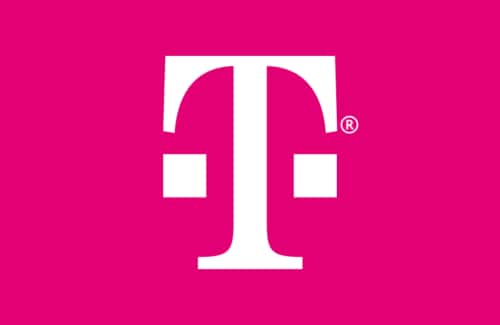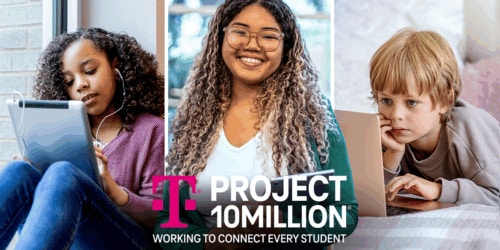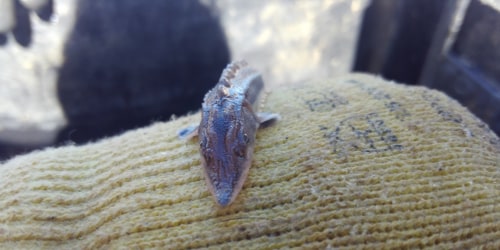By Mike Katz, Executive Vice President, T-Mobile for Business
T-Mobile and Sprint have helped connect over 500,000 students across more than 820 schools and school districts nationwide in the last month alone.
With more than 55 million kids home from school in a historic move to contain COVID-19, schools are scrambling to find ways to keep students learning through online resources and the new digital classroom. I’ve seen some incredibly creative and heartwarming ways schools have come together recently – like these talented kids performing a concert remotely and a Dean streaming the morning announcements, to keep a semblance of routine during this ‘new normal.’
But, without access to a computer and an internet connection, millions of kids will miss out on opportunities to learn, and even the basic ability to stay in touch with classmates and friends. An estimated 18 million school aged kids don’t have home internet. In normal times, this has a huge impact on their ability to learn, but in times when the classroom moves entirely online, it’s debilitating for their learning and their future. And that’s not ok.
I’m heartened by the incredible work being done around the country in real-time, as schools, administrators, teachers, and businesses come together to form solutions quickly for these kids. At new T-Mobile, I’m incredibly proud of the work this combined company has done, working around the clock with districts across the country. We’ve temporarily increased data allowances for schools and students in our T-Mobile EmpowerED program and the 1Million Project Foundation to ensure each participant has the connectivity they need. And, we’ve been working in partnership with other companies and providing more flexible service options to get mass connectivity solutions in place for students. Sprint is also providing additional funding and resources to the 1Million Project Foundation as demand for its free connectivity solutions increases.
In the last month, our teams have helped over 500,000 students across more than 820 schools and school districts nationwide get connectivity solutions in place.
Connecting Students Across the Country
T-Mobile is working with some of the largest school districts in the country to quickly get internet access to students in need. When DC Public Schools closed, they quickly implemented a plan to distribute laptops for students to access schoolwork from home. The T-Mobile for Education team helped by providing 5,000 hotspots to students who lacked adequate internet access at home.
And in the Seattle area, which was hit hard by COVID-19, the Northshore school district was one of the first in the nation to attempt to solve the issue of the digital divide in the current climate. There, school administrators sprang into action, and with T-Mobile for Education, provided 850 hotspots to those students without connectivity when schools closed down, setting a standard of care for the entire nation.
“Prior to the COVID-19 outbreak and school closures, our district took steps to mitigate the inequity with regards to technology access to every student, including computing devices and hotspots at home,” said Northshore Superintendent Michelle Reid, Ed.D. “We are so grateful to T-Mobile and for the support of our voters who approved our Technology Levy so when the COVID-19 outbreak forced the closure of our schools, our families were ready with connectivity. However, we, as educators continue to have technology and internet inequity across our region and nation, making it crucial that we continue this conversation to ensure the zip code of our students doesn’t determine their access to digital learning.”
Rural area schools are at an even bigger disadvantage, with a disproportionate number of students without internet access. This includes Frederick County Public School District in Maryland, where many families do not have adequate internet access at home. T-Mobile for Education was able to help quickly provision more than 1,000 hotspots for kids who didn’t have internet at home.
And in San Francisco, one of the first areas in the country to receive a stay-in-place order, the Mayor turned to organizations like the 1Million Project Foundation to fuel an innovative new approach to keeping students connected. Beginning the week of April 13, Wi-Fi SuperSpots will be placed in front of apartment complexes and other high-density areas throughout the city to ensure San Francisco students stay connected.
From 1 Million to 10 Million
I’m honored to work alongside the passionate and dedicated teams on T-Mobile for Education, EmpowerED, Sprint, and the 1Million Project Foundation as we continue to amp efforts to connect masses of schools, educators, and students across the country. The 1Million Project has already connected 350,000 high school students nationwide with free home internet connectivity, and it expanded to include elementary and middle school students at this critical time. And with new T-Mobile, we have the scale and financial firepower to build off the success of the 1Million Project Foundation by rolling out even larger initiatives like Project 10Million – designed to help eradicate the homework gap for millions of kids, coming later this year. Until then, we’ll do our part to connect as many students as we can during these unprecedented times.
Hardworking and dedicated education professionals all across the country are giving it their all to meet this urgent need. And new T-Mobile is giving it our all to be there for them during this time of need.
Stay safe. Stay healthy. And stay connected.
For more information on how T-Mobile for Education can connect your school, head here.




